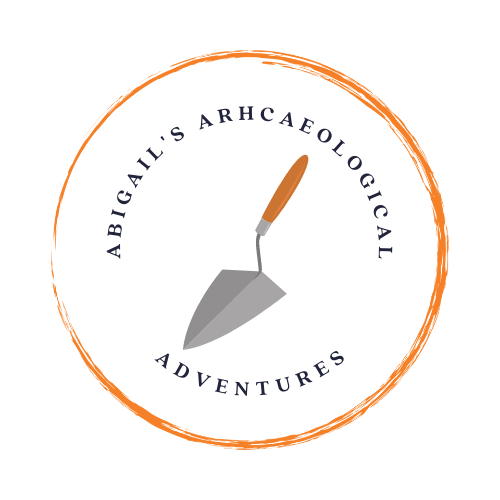The Shiloh Conference

This week started off with a conference celebrating 100 years of excavations at Shiloh. A Danish team began excavating at the site in 1922. The conference was well attended and featured a number of speakers. Only one lecture was in English, but there was a conference booklet that included abstracts of each lecture in English, so at least I knew what each speaker was talking about.
I saw a lot of people that I knew at the conference. It was nice to have a chance to visit with them. There was an exhibit of finds from Shiloh. Some of our finds were there along with artifacts from past excavations at Shiloh. It was a very nice display.

Tel Tibne
On Tuesday, I went with Scott Stripling and Aharon Tavgar to visit a new excavation at Tel Tibne, which is likely biblical Timnath-serah. Dvir Raviv is excavating there. They have been excavating for a week and are already in an archaeological context. They have a number of nice finds, and it looks like they will be able to learn a lot about this site through excavating it.
Hazor

On Wednesday, I headed north with a small group. Our first stop was at Hazor. Amnon Ben-Tor is excavating at Hazor right now. He met with our group at the entrance to the site and explained (in Hebrew) about what they are finding there. My friend Leah whispered an interpretation in my ear.
Prof. Ben-Tor is quite elderly. He has spent years excavating at Hazor. He expects to find a library of cuneiform tablets there, and he has made it his life’s goal to find them. So far, he has not succeeded. Maybe he will find them this year.
One of Prof. Ben-Tor’s excavation staff members gave us a tour of the site and showed us some of the things that they have found in recent (and not-so-recent) excavations. They are currently excavating a stairway that leads from the lower city to the upper city. It is made of finely-cut basalt that looks as good as new. It dates to the Late Bronze Age. There is also an earlier stairway dating to the Middle Bronze Age.

In another area on the tel, she showed us an area that had been a cultic area in the Late Bronze Age. There was a deep, stone-lined pit in the middle of the area. She said that when the inhabitants stopped using the cultic area at the end of the LBIb, they placed all the cultic items (shrines, idols, etc.) into the pit until it was filled to the top. This means that the pit was a favissa, a sacred burial place for cultic items. She did not have an explanation for why the people stopped using the cultic area and buried the items.
Near the cultic area was an opening in the ground with steps leading downward. Our guide told us that it was originally a tomb, but it had later been turned into a water system. I have been in the main water system at Hazor, but I was never aware that there was a second one. I will definitely have to go back and explore it sometime.
El-Araj

From Hazor, we moved on to el-Araj, a site on the northern shore of the Sea of Galilee. It is a candidate site for biblical Bethsaida. They are currently excavating there, and the excavators offered a tour of the site. The site is very swampy, and some of the squares are full of water. It must be a very difficult excavation. The tour was in Hebrew, but again, Leah whispered translations in my ear.
Their main excavation area is focussed on an 8th-century AD church, which they believe commemorates the hometown of Peter and Andrew. They have also opened another area, where they think that they have found an Early Roman village. All that I saw was a single excavation square with a single wall running through it, so I am not sure where the rest of the village is. Also, if I understood correctly, they said that they found coins from the third century AD there, so I am not sure how they came to the conclusion that it dates to the Early Roman period. Perhaps something got lost in translation and I misunderstood what they were saying.


4 responses to “A Conference and Three Site Visits”
Thanks for the great report! The basalt stairway at Hazor is really amazing—as you said, “like new.” The rise in the water level of the Sea of Galilee has put much of the site of El-Araj under after.
LikeLike
Hi Abigail, I’ve followed the excavations at El-Araj closely for the past few years and have had the privilege of interviewing Steven Notley for an article I did on the location of Bethsaida. Steven told me that they had discovered a coin that had been minted by Nero at El-Araj, helping to date occupation there to the first century. I’ve got a photo of it in my blog: https://biblearchaeologyreport.com/2019/09/11/biblical-sites-is-el-araj-bethsaida/
I love your blog! Keep up the great work!
LikeLike
Hi Bryan, Thanks for the additional information! I figured that I must have missed something in translation.
LikeLike
[…] is a massive site that has been extensively excavated. I discussed it in a fairly recent blog post, so I won’t go into too much detail here. We explored the palace/temple, an oil press in a […]
LikeLike